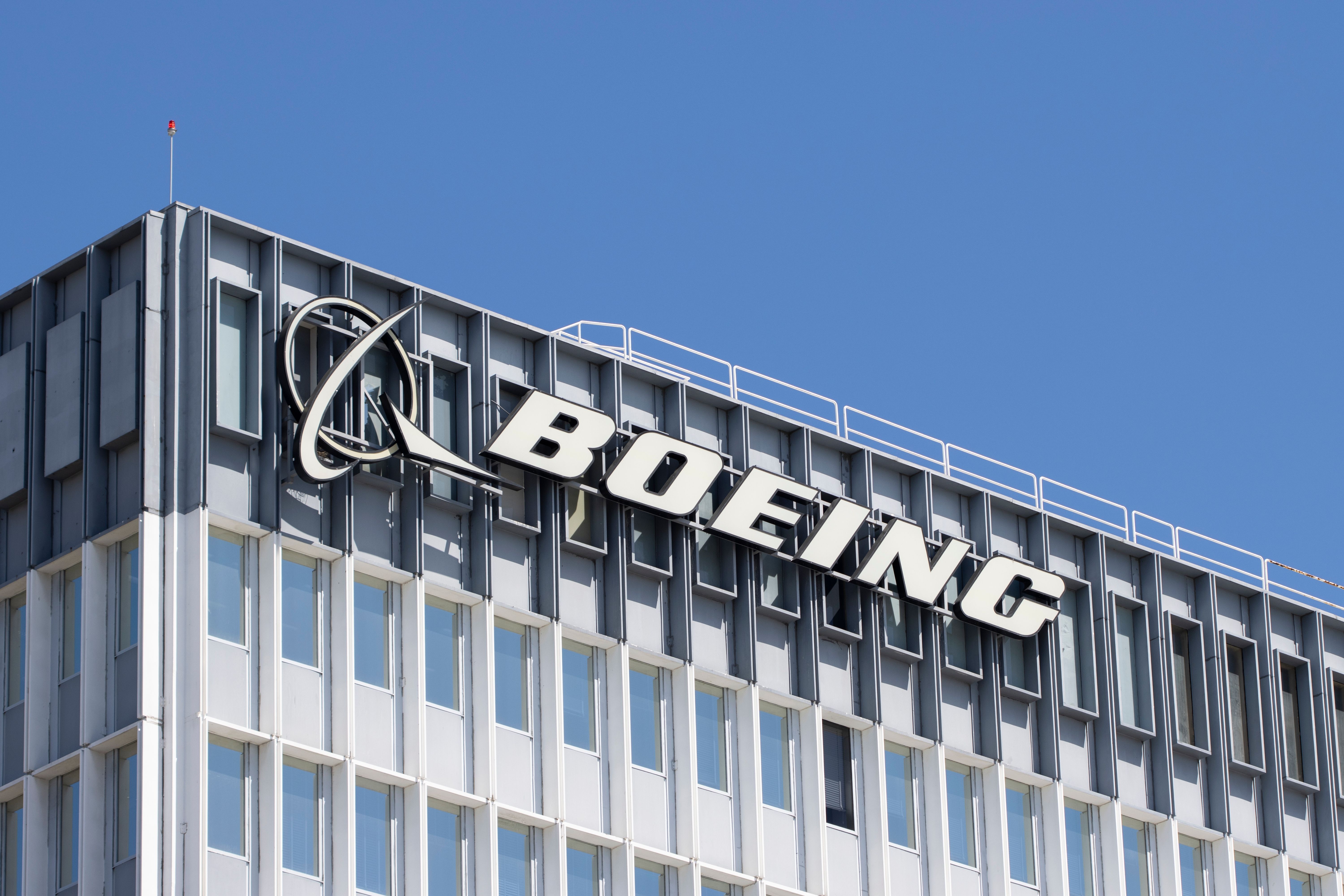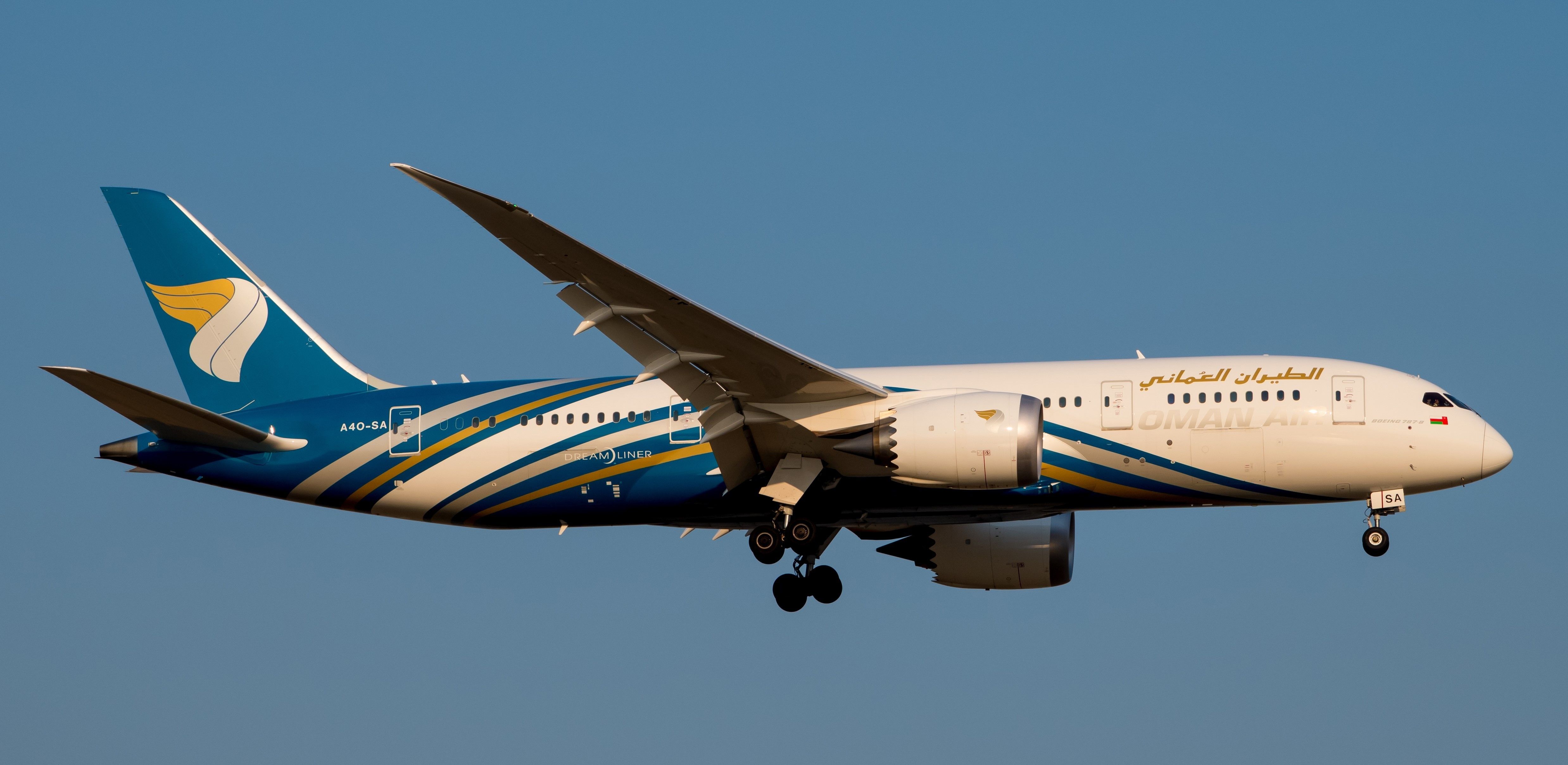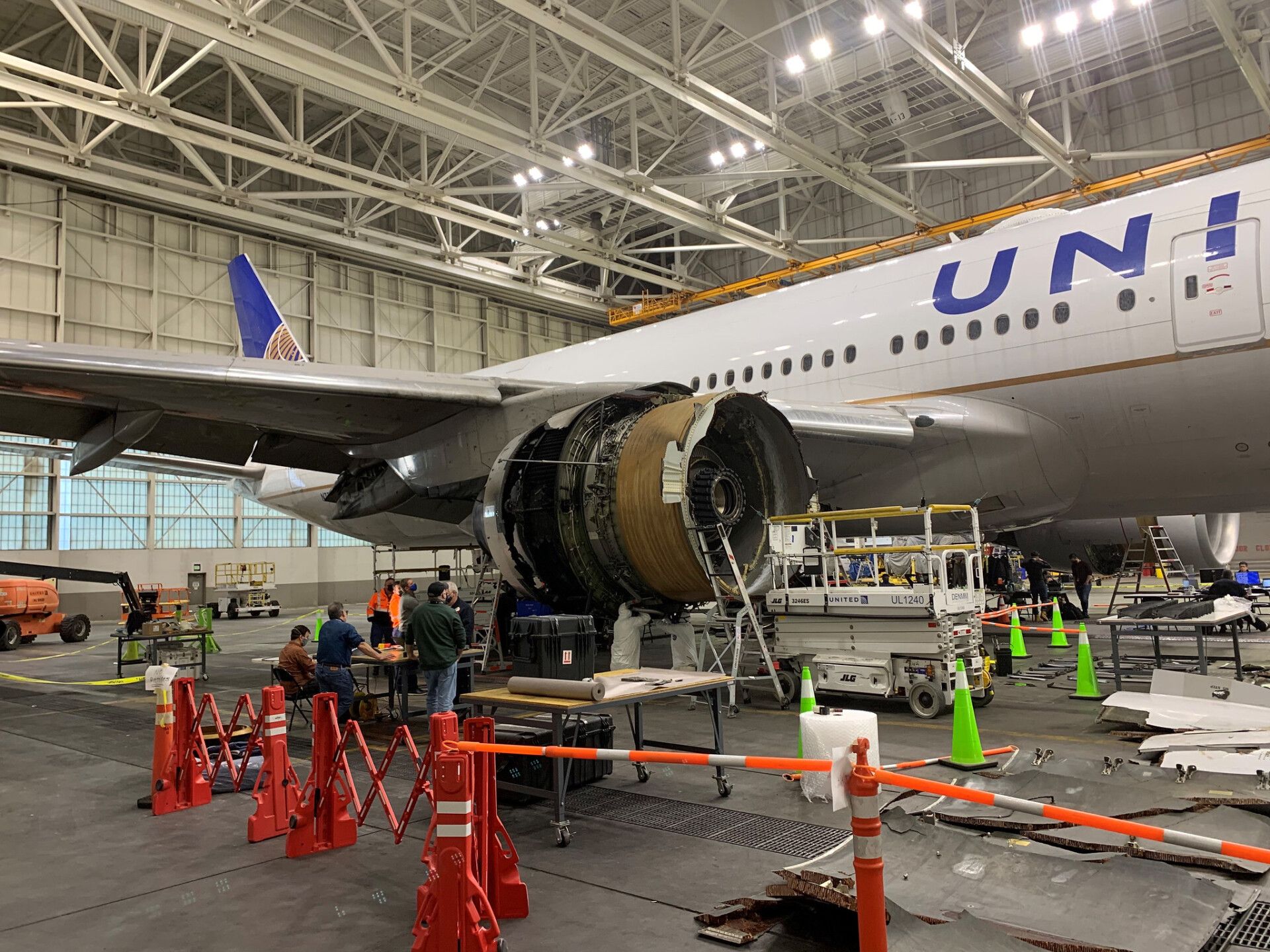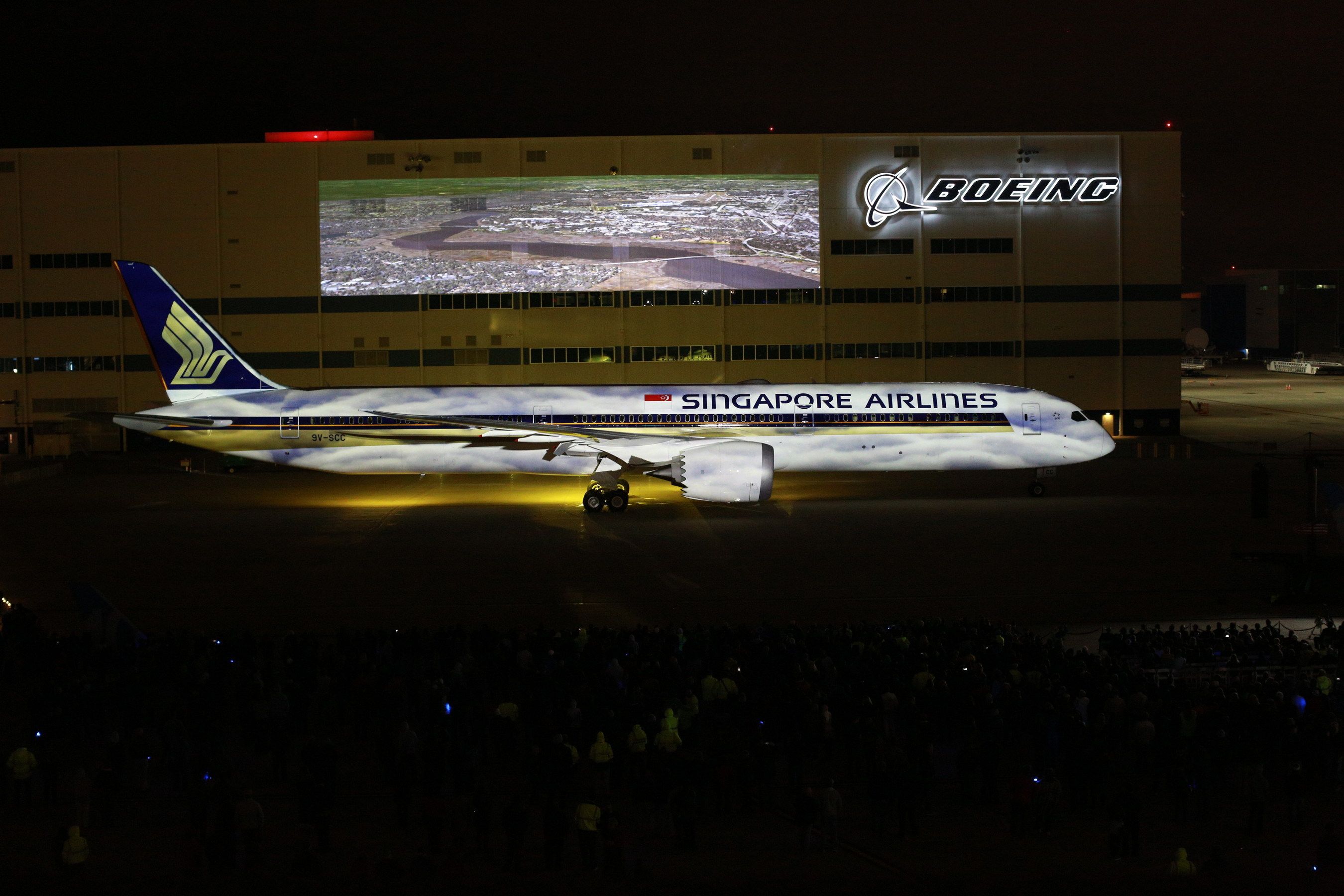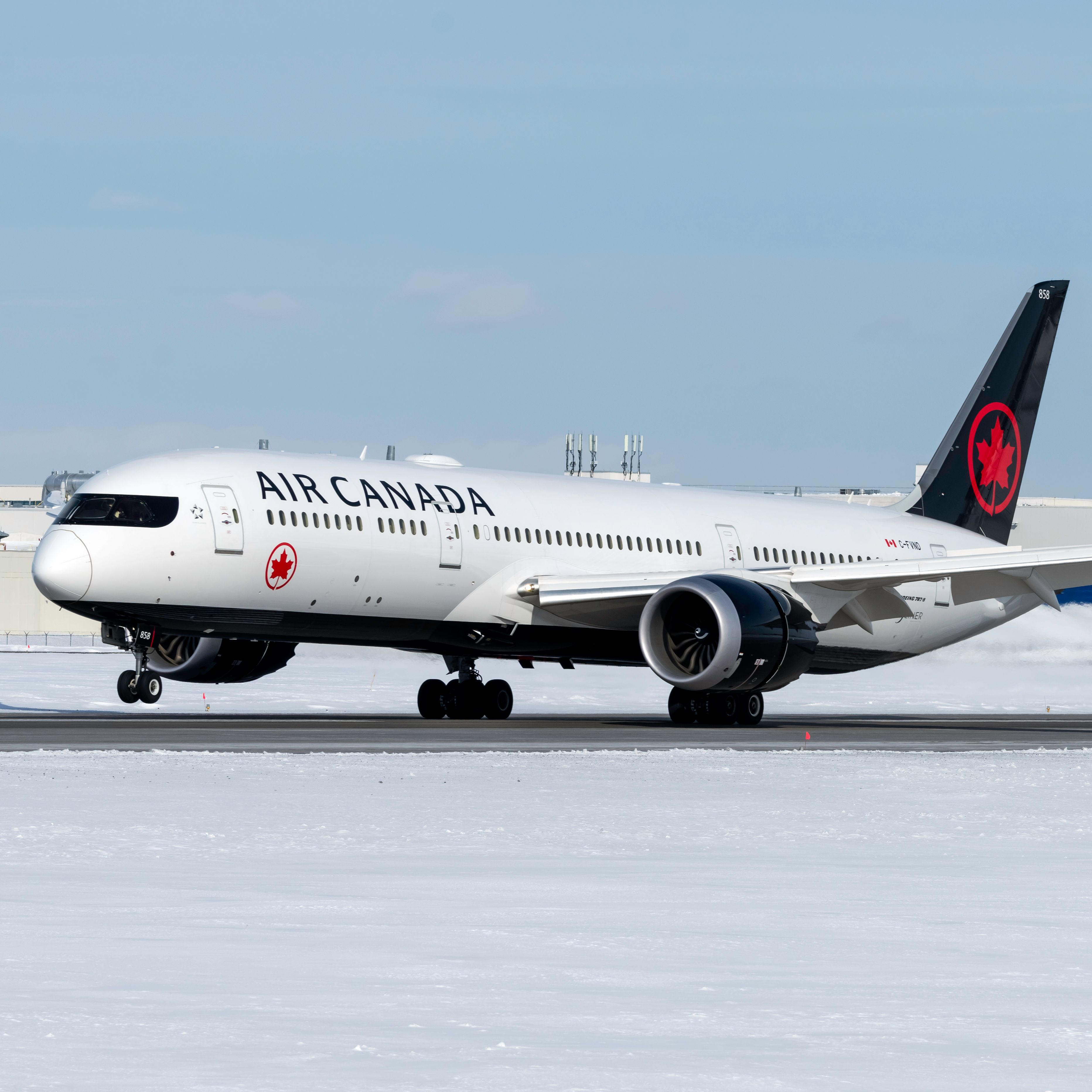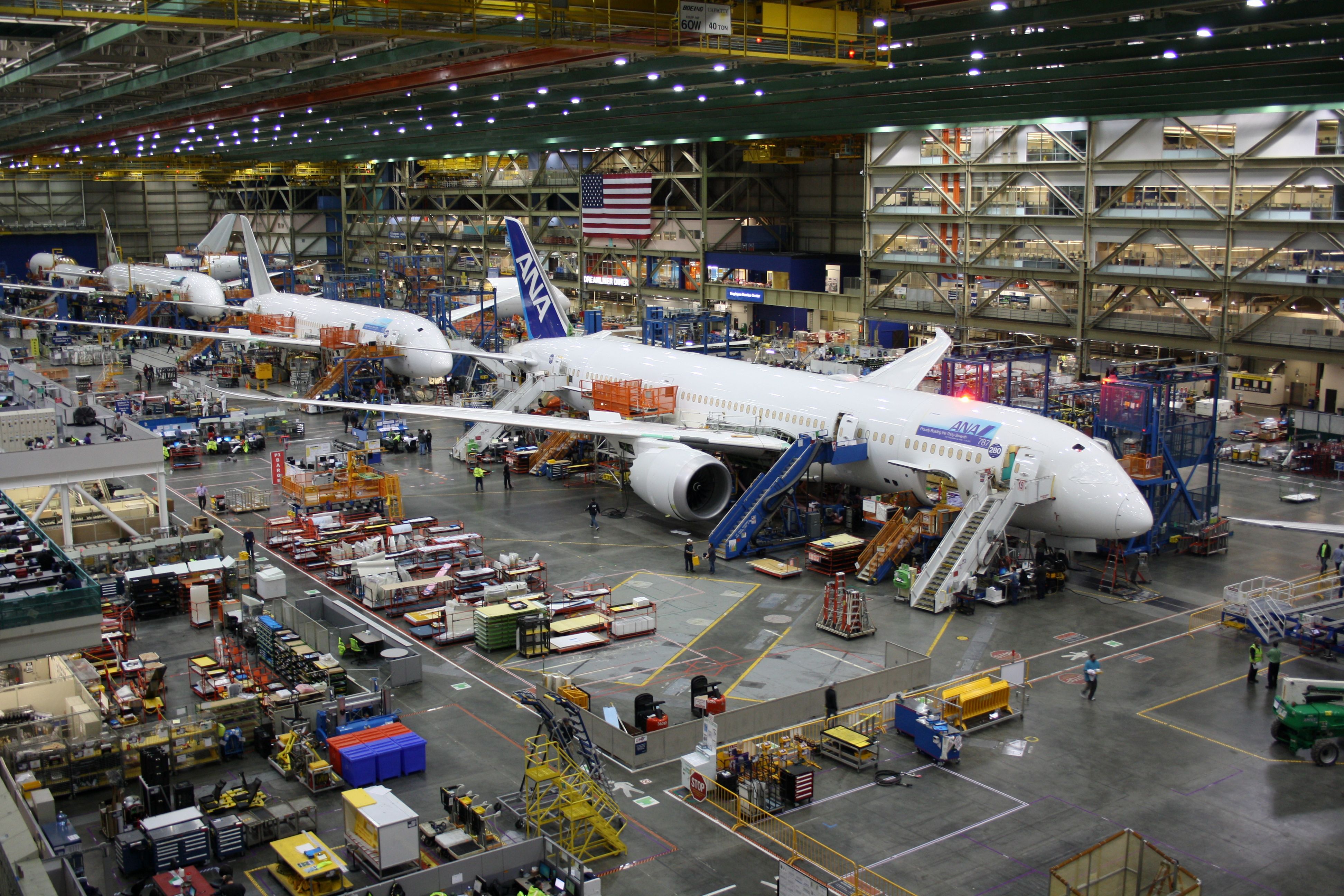Summary
- A whistleblower alleged that Boeing’s manufacturing processes were potentially creating safety risks.
- Two legislators requested multiple records and information related to the 777/787 production from Boeing and FAA.
- A Boeing spokesperson denied that the 787 has any issues.
Following a whistleblower presenting information to the United States Senate Permanent Subcommittee on Investigations, two legislators, Richard Blumenthal, the chairman of the subcommittee, and Ron Johnson, its ranking member, have begun scrutinizing the Boeing 777 and 787 programs. This includes a hearing to which David Calhoun, the president and chief executive officer (CEO) of Boeing, was invited to provide testimony.
Potentially catastrophic safety risks
Blumenthal, a Democrat from Connecticut, and Johnson, a Republican from Wisconsin, jointly wrote a letter to Calhoun, saying that the subcommittee had obtained information from a whistleblower at Boeing. According to the two lawmakers, the whistleblower alleged that the manufacturing processes at the plane maker were potentially creating “catastrophic safety risks.”
Blumenthal and Johnson added that the whistleblower’s complaints were related to the Boeing 777 and Boeing 787 programs, with the current Boeing quality engineer informing the subcommittee about issues in 2021 and 2022. Then, the whistleblower found and reported issues related to the 787, while in 2023, the same engineer identified and reported issues about the 777, finding misalignments between parts on at least 400 Boeing 777 aircraft.
Photo: Tada Images | Shutterstock
The two lawmakers noted that Boeing’s treatment of the whistleblower and the handling of the alleged issues “raise many questions” and as such, the subcommittee invited Calhoun to provide testimony, with the hearing being scheduled for April 17.
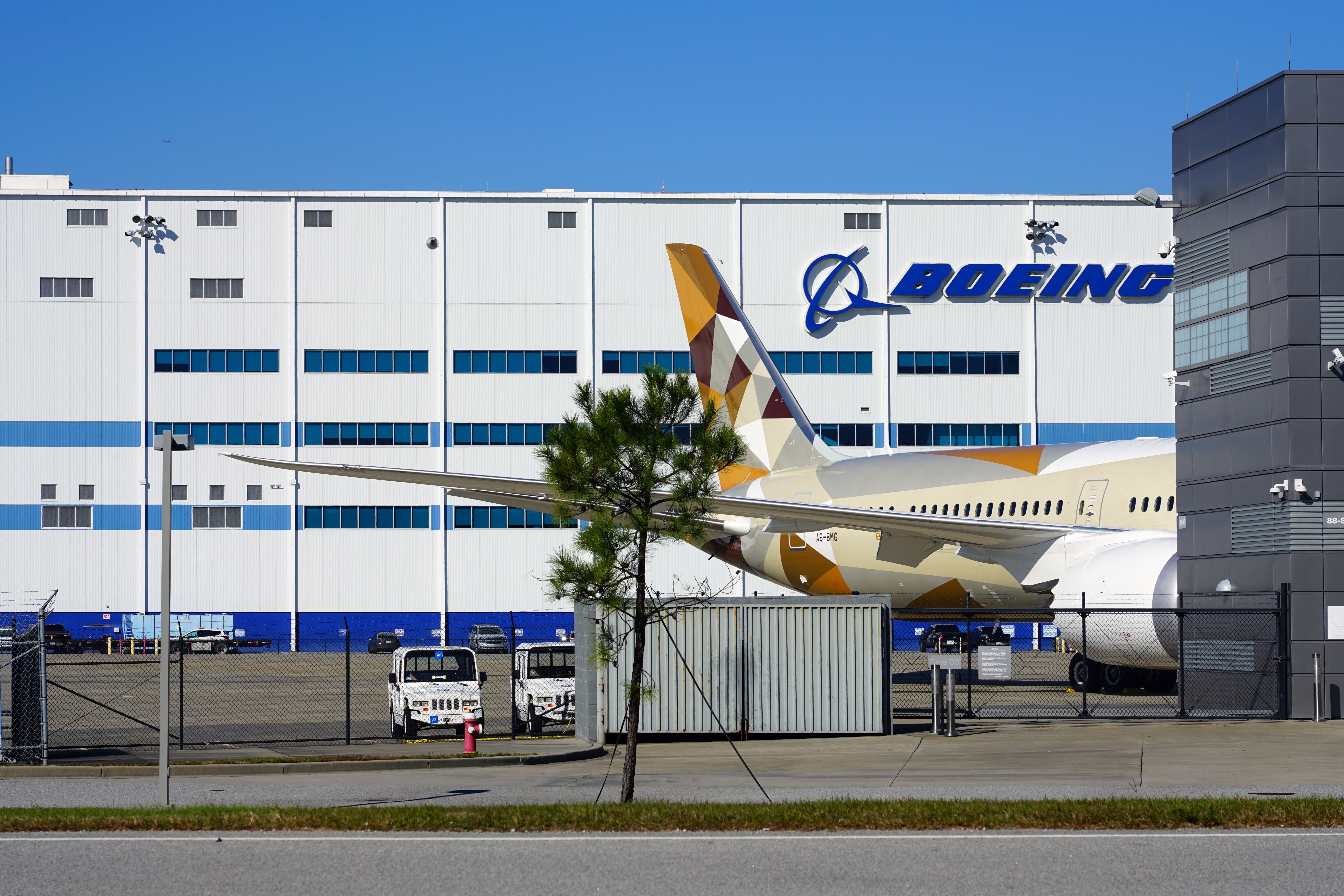
Boeing 787 Dreamliner & 777 Whistleblower Investigation: What The Senate Subcommittee Expects Next Week
A US Senate Subcommittee will hold a hearing about Boeing on April 17, 2024.
Requesting records
The two lawmakers requested records from Boeing and the Federal Aviation Administration (FAA). Firstly, it asked Boeing to submit documents relating to the company’s safety practices, quality and safety management systems, whistleblower policies and protocols, information provided to the Organization Designation Authority (ODA) Expert Review Panel, and records related to the Boeing 777 and 787 aircraft manufacturing and quality control, including complaints raised by several stakeholders, such as airlines operating the aircraft.
Furthermore, the subcommittee asked the plane maker to provide information about the Fit Up Force or One-Up Assembly Process of the 787, the Fuselage Automated Upright Build (FAUB) Process of the 777, everything related to any previous 777 and/or 787 fuselage issues, grounding documents related to the two widebody types, and any information about previous concerns raised by employees working with 777 and/or 787s.
Photo: Arocha Jitsue | Shutterstock
A Boeing spokesperson told Simple Flying that the company understands the important oversight responsibilities of the subcommittee, adding that the plane maker is cooperating with the inquiry. In addition, Boeing has offered “to provide documents, testimony and technical briefings, and are in discussions with the Subcommittee regarding next steps.”
Meanwhile, the FAA will have to hand over documents related to Boeing’s safety management policies and procedures, letters and associated information from Katz Banks Kumin, a law firm, and communication from the FAA Office of Audit and Evaluations referring to Boeing 777 or 787 aircraft.
In addition, the subcommittee asked the regulator to hand over any information regarding Boeing 777 and/or Boeing 787 fuselage issues, the records following the six-week audit of Boeing and Spirit AeroSystems, as well as a list of individuals interviewed by the ODA Expert Review Panel.
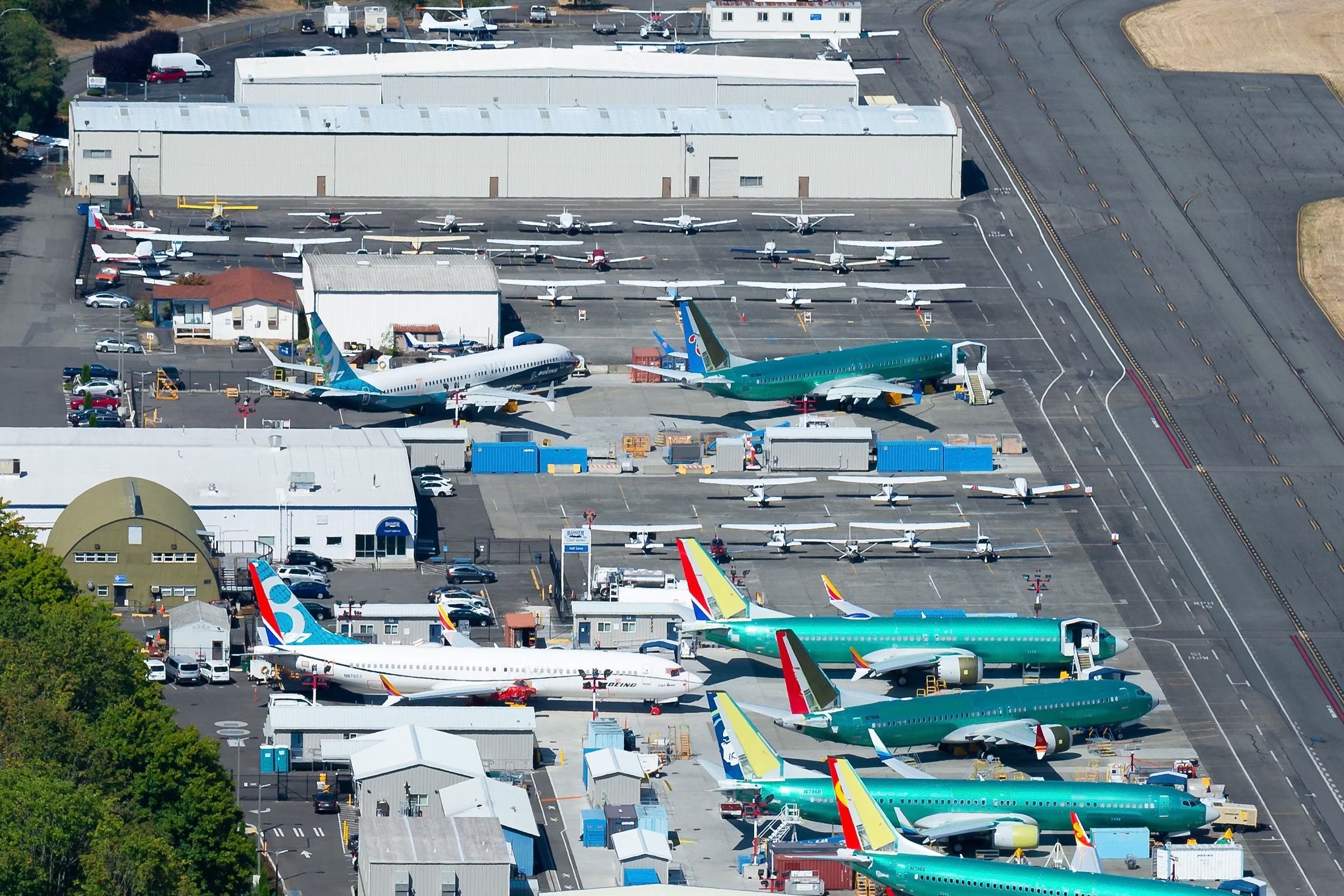
FAA Panel Finds Boeing Safety Culture Inadequate And Confusing
The planemaker’s woes continue.
Grounding PW4000-powered Boeing 777 aircraft
Throughout the past few years, both types were temporarily grounded following an incident or manufacturing defects affecting the structural integrity of the fuselage. However, airlines had to ground certain 777 aircraft, which were powered by the Pratt & Whitney PW4000 engines.
The FAA mandated the grounding after a United Airlines Boeing 777-200, registered as N772UA, was operating flight UA328 between Denver International Airport (DEN) and Honolulu Daniel K. Inouye International Airport (HNL) on February 21, 2021. According to the National Transportation Safety Board’s (NTSB) final report on the incident, the aircraft suffered a right engine fan blade separation and subsequent engine fire shortly after taking off from DEN. While the aircraft safely landed at its origin airport, the FAA immediately responded with an emergency AD, effectively grounding all PW4000-powered Boeing 777s.
Photo: NTSB
Because of the emergency AD, operators of Boeing 777s with the PW4000 engine had to conduct one-time thermal acoustic imaging (TAI) inspections of the 1st stage low-pressure compressor (LPC) blades on February 23, 2021. The regulator followed up with a final rule directive in September 2021, mandating operators to inspect the 1st stage LPC blades for cracks and remove blades that had failed the TAIs.
However, Boeing had attempted to make changes to the way it built the 777, introducing the FAUB process to the public in July 2014. Then, the plane maker said that it had been developing the technology since 2012, which used automated, guided robots to fasten fuselage panels together, drilling and filling around 60,000 fasteners on the fuselage that had to be done manually.
Photo: Boeing
Eventually, Boeing dropped the project, with mechanics telling The Seattle Times that the system was “a horrible failure” and “a nightmare.” The publication reported that after Boeing had sunk millions into FAUB, the manufacturer decided to give back some of the work to the mechanics on the ground, with the robots only drilling the holes for mechanics to insert fasteners into.
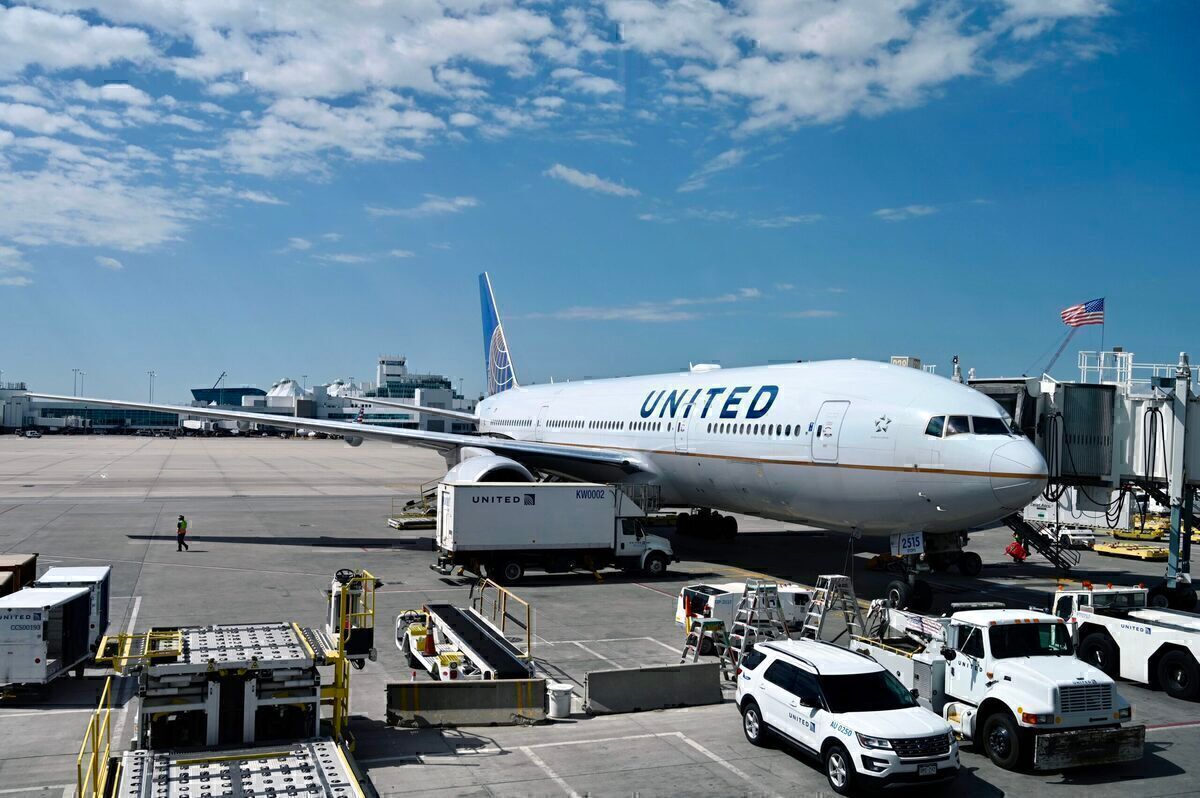
Which Airlines Have Grounded Boeing 777 Aircraft?
Continuous trouble with the 787
While Wall Street appreciated the innovative approach Boeing came up with to build the 787, with suppliers from all over the world sharing the financial burden of designing various parts for the aircraft, the concept resulted in years-long delays of the program, as well as cost overruns.
Photo: Boeing
Nevertheless, Boeing delivered the first 787, a 787-8, registered as JA801A, to All Nippon Airways (ANA) on September 26, 2011. Not even two years later, the FAA grounded the type due to a fire onboard a Japan Airlines Boeing 787-8 at Boston Logan International Airport (BOS), with the regulator following the lead of the two Japanese carriers involuntary suspending flights with its fleet of 787s in January 2013.
The Boeing 787 returned to service in April 2013, with Boeing’s Q1 2013 report filed with the US Securities and Exchange Commission (SEC) saying that it had to suspend deliveries of the type, expecting that it would incur costs to retrofit the 50 aircraft it had delivered prior to the grounding.
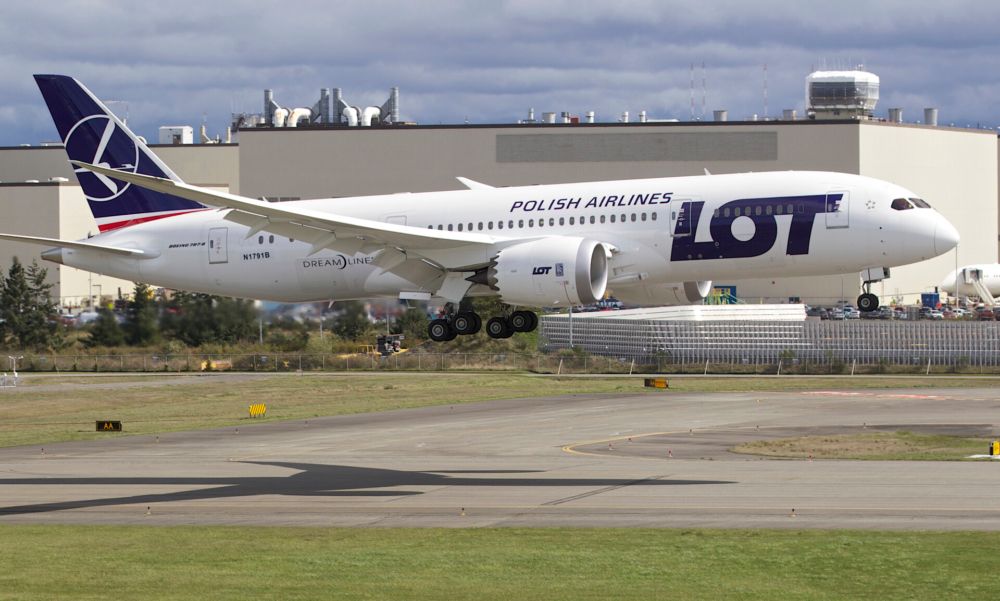
A Look At The Battery Issues That Grounded The Boeing 787 In 2013
The worldwide fleet was grounded as a result.
That would not be the last time that Boeing had to suspend deliveries of the 787. In August 2020, Boeing pulled eight aircraft of the type from service due to two separate manufacturing issues potentially affecting the eight 787s’ fuselage integrity, as first reported by The Air Current at the time. In its Q3 2020 SEC filing, Boeing admitted that it delivered fewer aircraft due to the pandemic and “quality issues and associated rework,” with a “large number of undelivered airplanes in inventory” as of September 30, 2020.
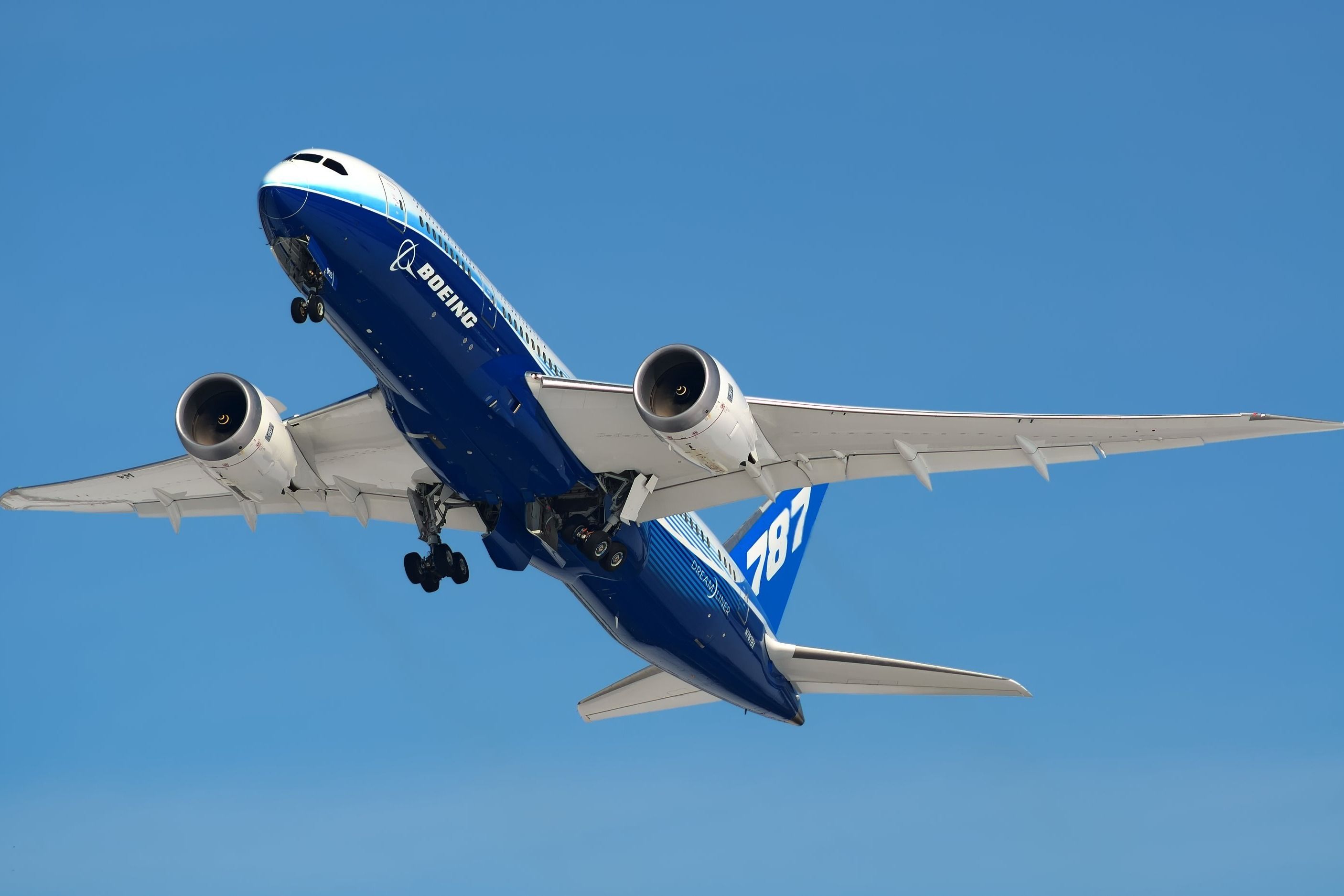
How The Boeing 787 Got The Name ‘Dreamliner’
What process did Boeing follow to choose the name, and what were the alternatives?
Delivery suspensions
During the same month, Boeing disclosed that the aircraft’s horizontal stabilizers had improper gaps, which affected undelivered aircraft. Following all of the issues, Boeing suspended deliveries of the type between October 2020 and March 2021, with the FAA suspending deliveries of the 787 shortly after in May 2021. Then, after the regulator issued two proposed airworthiness directives – finalized in December 2021 – it said that Boeing still needed to show that its proposed inspection method would meet the federal safety regulations.
Photo: Vincenzo Pace I Simple Flying
In July 2022, Boeing resumed deliveries of the type, which did not last long, as in February 2023, it suspended them once again. At the time, the issue was related to an analysis error made by a supplier that built the 787’s forward pressure bulkhead. The plane maker resumed deliveries of the type several weeks later.
Brian West, the chief financial officer (CFO) and executive vice president of Boeing, said at the Bank of America Global Industrials Conference in March 2023 that an issue was identified related to the 787, with the information being escalated quickly and reviewed with the FAA.
“That’s what we have to do and I think that all makes us better and is behind us and we’re moving forward.”
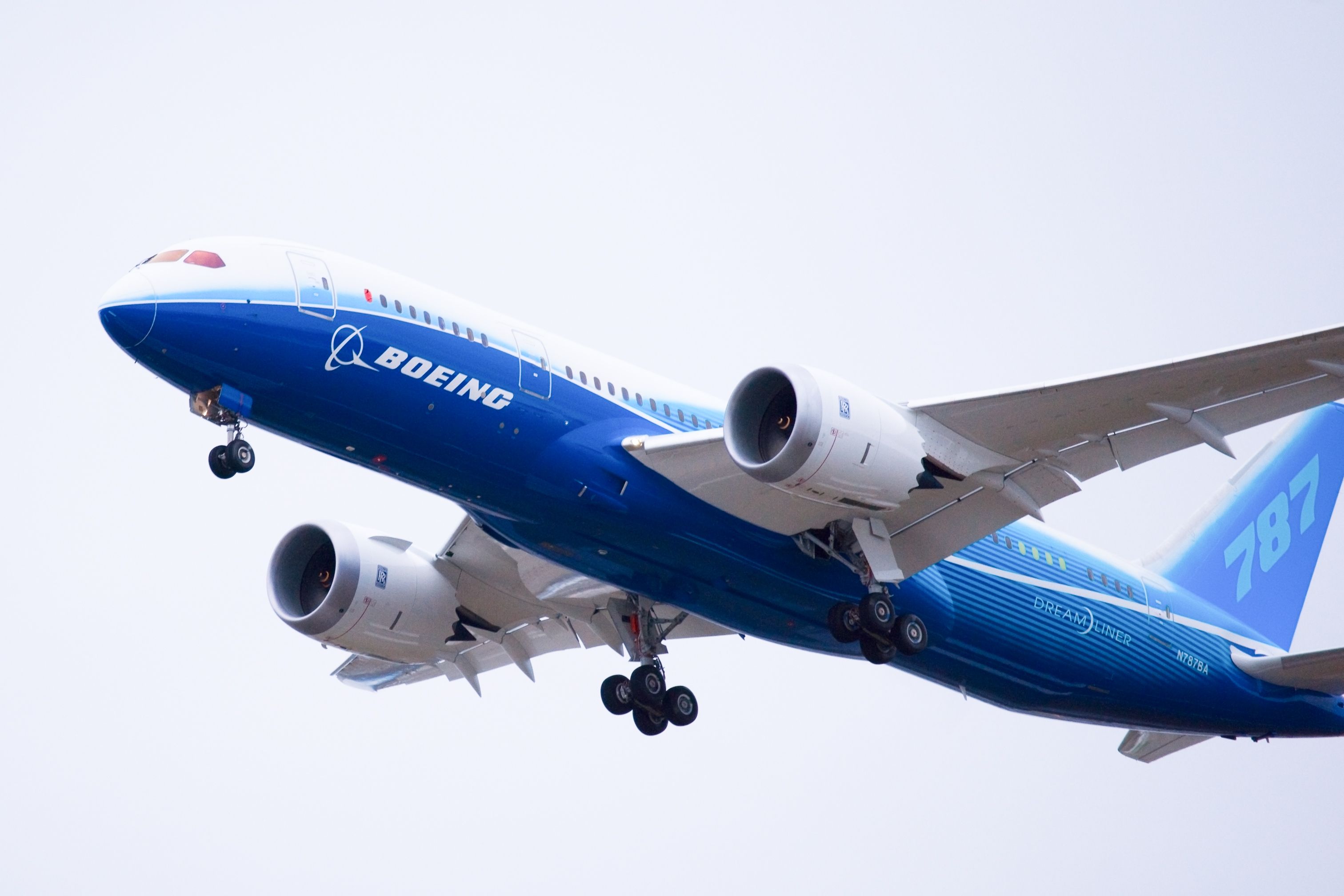
Boeing Cleared By FAA To Resume 787 Deliveries
Deliveries were halted last month after an issue was found related to the fuselage components.
Latest 787 allegations
Now, the whistleblower alleged that Boeing had taken shortcuts to reduce bottlenecks in the production of the type, leading to faulty evaluation of production data, resulting in potentially defective parts being installed on in-production aircraft. According to the two lawmakers’ letter to Calhoun, the attorney representing the whistleblower alleged that the evaluation problem, as well as faulty engineering, could result in “premature fatigue failure without any warning, thus creating unsafe conditions for the aircraft with potentially catastrophic accidents and passenger fatalities.”
Photo: First Class Photography | Shutterstock
In a statement to Simple Flying, a Boeing spokesperson said that the company was fully confined in the 787 because of the comprehensive work done to ensure the quality and long-term safety of the aircraft. According to the spokesperson, the claims about the structural integrity of the 787 are “inaccurate.”
“The issues raised have been subject to rigorous engineering examination under FAA oversight. This analysis has validated that the aircraft will maintain its durability and service life over several decades and these issues do not present any safety concerns. We continue to monitor these issues under established regulatory protocols and encourage all employees to speak up when issues arise.”
Furthermore, the spokesperson reiterated that retaliation against whistleblowers is strictly prohibited at Boeing. According to the plane maker, the aircraft, which entered service in October 2011, several weeks after its first delivery to ANA, has safely transported over 850 million passengers as of March 2024.
To date, Boeing has delivered 1,125 787s to customers across the globe, according to ch-aviation data. Two former Norwegian Boeing 787-8 aircraft and one ex-VIP aircraft of the type have already been scrapped, having not found an owner on the second-hand market. The manufacturer’s orders & deliveries data showed that it had 719 Boeing 787 aircraft in its backlog, following 70 cancellations, as of March 31.
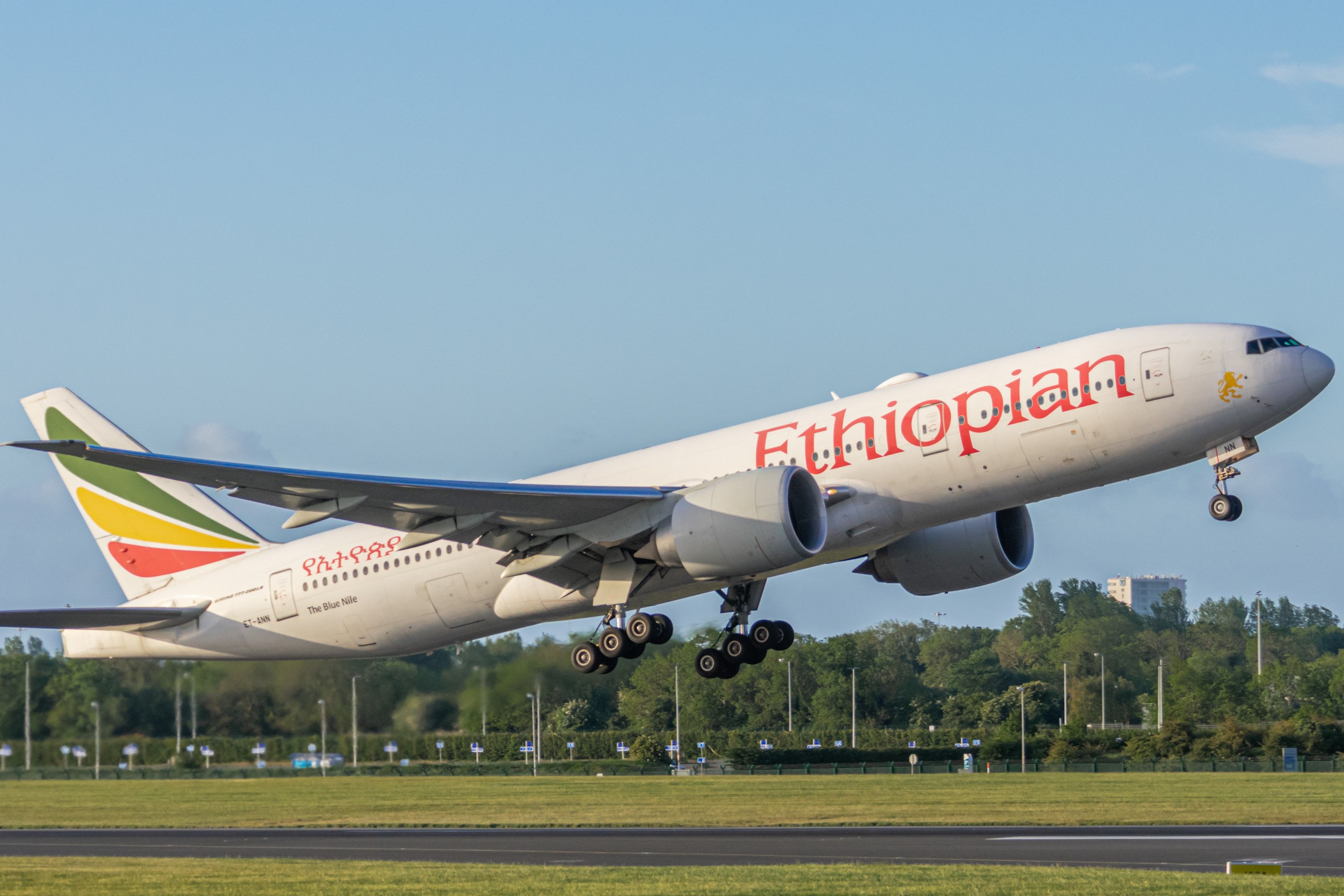
Explained: What The Boeing Whistleblower Claims Is Wrong With The 787 Dreamliner And 777
Deformed composite materials, misaligned parts and a culture of taking shortcuts.

